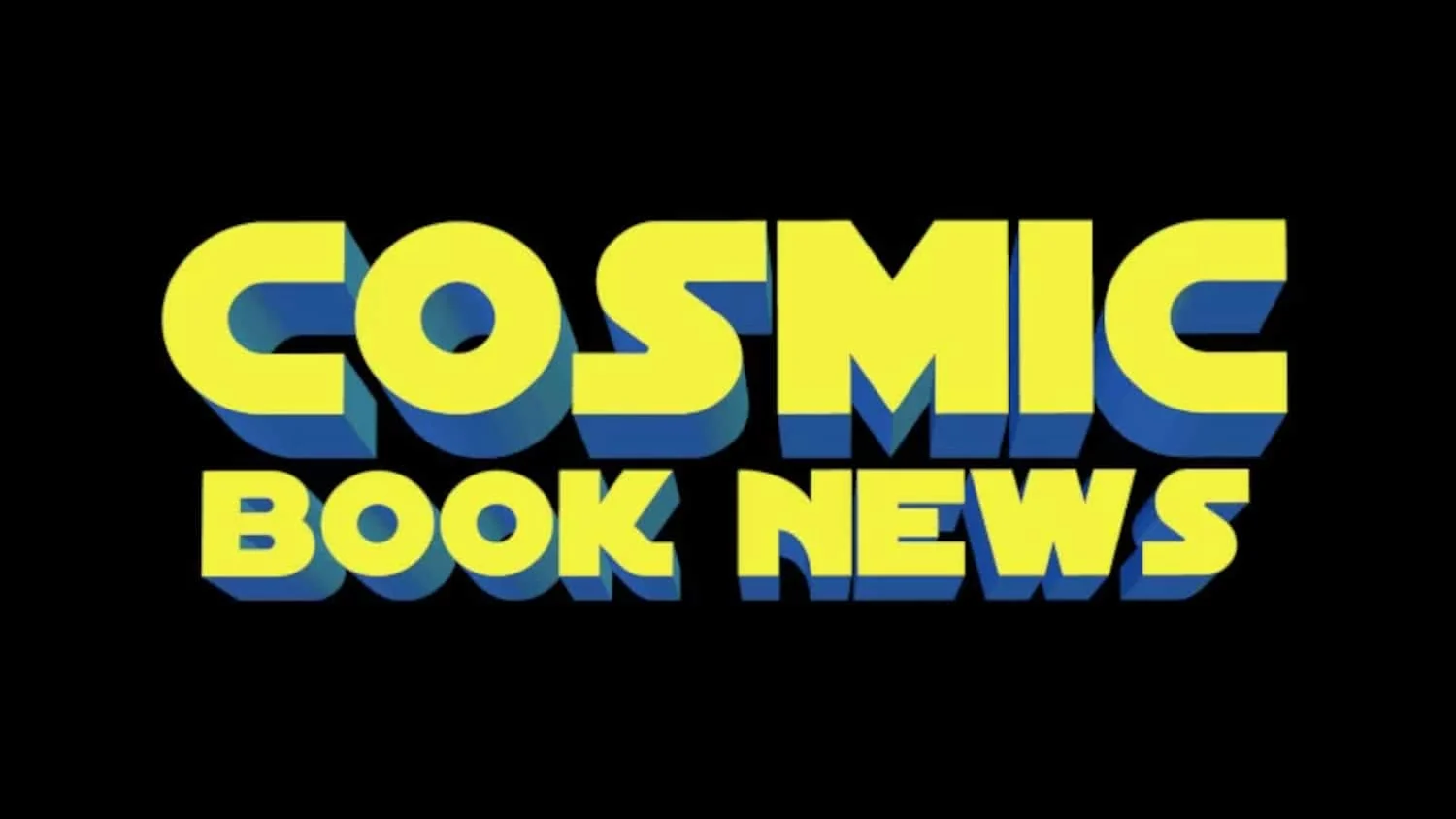Michael Keaton Says ‘Never Say Never’ To Batman Return
There were big plans involving the actor following ‘The Flash.’

Catch up on the latest Movie News, where we bring you updates on upcoming blockbusters, casting announcements, exclusive trailers, and box office reports. Explore articles featuring in-depth movie reviews, interviews, and insider scoops on the biggest releases in Hollywood and beyond. Whether you’re into action, drama, sci-fi, or indie films, this is your go-to source for all things movies.
There were big plans involving the actor following ‘The Flash.’
The actor also says he wants to change a well-known characteristic of Xavier.
Just like the theatrical release, fans didn’t tune in to watch Brie Larson and Iman Vellani.
A young American woman is sent to Rome to begin a life of service to the church, she encounters a darkness that causes her to question her own faith.
Matilda Lutz lets it be known the movie will be going in a very different direction than the comics.
Watch the video where Keaton motions for the Dark Knight baddies to bring it on.
Check out the list of winners at the 96th Academy Awards which was held on Sunday night.
Stomps out all the competition which includes Hollywood heavyweights such as Marvel and Paramount.
Actress Katy O’Brian reveals the script and fight scenes weren’t finished even on the last day.
James Gunn confirms De Luca hired him to do a new Superman movie which fits with our insider info.
Said to be in talks for a role as part of her big comeback which also includes Disney’s ‘Freaky Friday 2.’
From the same team behind the billion dollar first movie. Watch the video announcement.
From the award-winning director of ‘Sound of Freedom,’ comes the powerful epic of Francesca Cabrini.
While promoting her new movie, the actress says she looks forward to reading it.
Film has lost its director and follows the departure of the President Of Walt Disney Motion Picture Studios.
Yvonne Chapman will be taking on the Man of Steel in the final season as an ally to Lex Luthor.
Had a low budget and made a ton of money, maybe there are better deserving worse films?
Insiders say the actress threw them under the bus and she should take blame, too.
Determined and courageous Elodie flips the script on the traditional fairy tale story.
Gamma radiation exposure turns Samuel Sterns into the hyper-intelligent megalomaniac Leader.